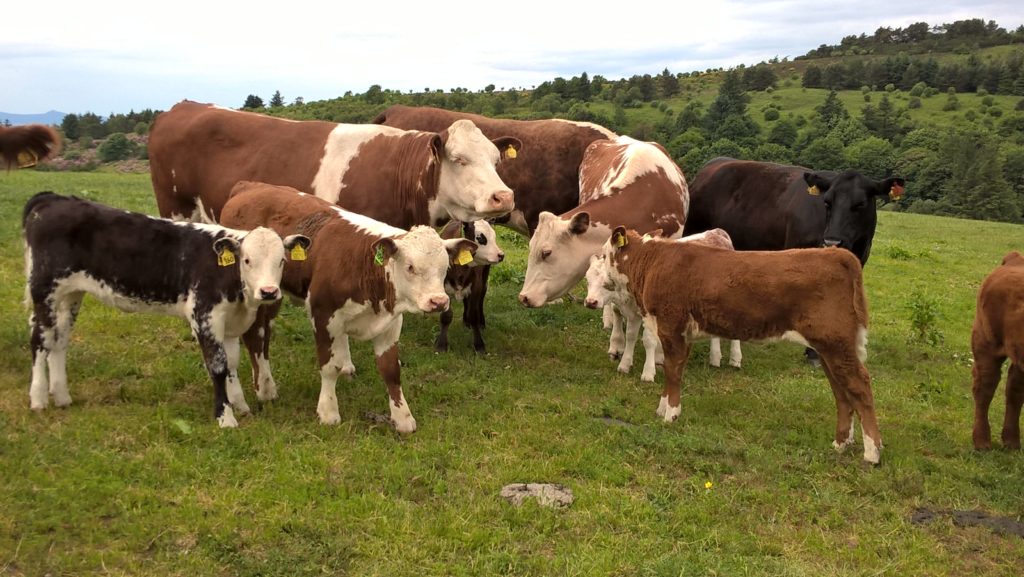Heat Stress At Bulling In Spring Suckler Herds
29 June 2022With temperatures starting to reach 20 degrees plus it is important to make sure that beef cattle have plenty of shade and cool fresh water, especially as many spring calving producers are looking to bull cows currently. Making sure cows have plenty of areas of shade from trees, hedges or buildings will help mitigate heat stress. Also having adequate cool fresh water for them to drink that is not too far away will help as water intake will rise dramatically during heat stress. You should also pay attention to humidity as in Scotland it is a bigger issue with temperatures of 14 degrees and 57% humidity enough to trigger some form of heat stress, usual when cows are crowded together then some damage has already been done to fertility, feed intake or mineral balancing.
If cattle get too hot, conception rates drop, and cows that are already pregnant may suffer early pregnancy loss. Heat stress can affect early embryonic development. When you observe conception and pregnancy rate in a herd, you may notice problems occurring not during the hot months, but a few months later, since it takes time to show these effects, although you may see cows bulling on repeat cycles. The frustrating problem is trying to determine the correlation between heat stress and reproduction because it is delayed. You do not always know if heat compromised the pregnancy until later. Also, if you are using AI, you are working/handling cows during the heat, which is an additional stress and conception rates may drop. If she suffers heat stress, that reduces blood flow to the eggs as she is routing more of the blood to the skin to try to dissipate body heat, the eggs that are developing will then be malnourished and not the quality you would want. The gametes in both the cow and the bull produced during hot months will be affected. It takes about 90 to 130 days for development of gametes. Therefore, we see the impact later, such as in late summer/autumn, rather than during the hot months.
Heat-stressed cows sweat, and their sweat contains high amounts of potassium and sodium, which increases their need for these minerals in summer rations. To cover the increased need of potassium and sodium, additional amounts of sodium bicarbonate, potassium carbonate, or both, may need to be added to the diet. In addition, higher amounts of potassium reduce the absorption of magnesium, this can cause grass staggers, so it will increase the requirements for magnesium. Heat-stressed cows should be fed adequate amounts of trace minerals and vitamins.
Clinical signs of heat stress
- Refusal to lie down – possibly to maximise surface area
- Huddling
- Body splashing – attempting to wet coat by splashing head in water trough
- Increased respiration rate – especially serious when accompanied by deep flank movements
- High rectal temperature >41°C
- Open mouth breathing, head extended, tongue protruding, profuse salivation, and front legs held wide to increase lung volume, which is a sign of advanced heat stress
Calum Smith, calum.smith@sac.co.uk
Sign up to the FAS newsletter
Receive updates on news, events and publications from Scotland’s Farm Advisory Service

